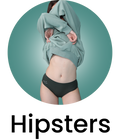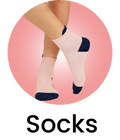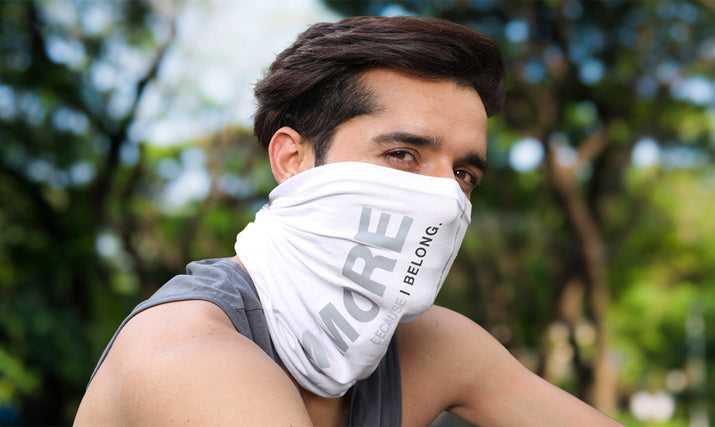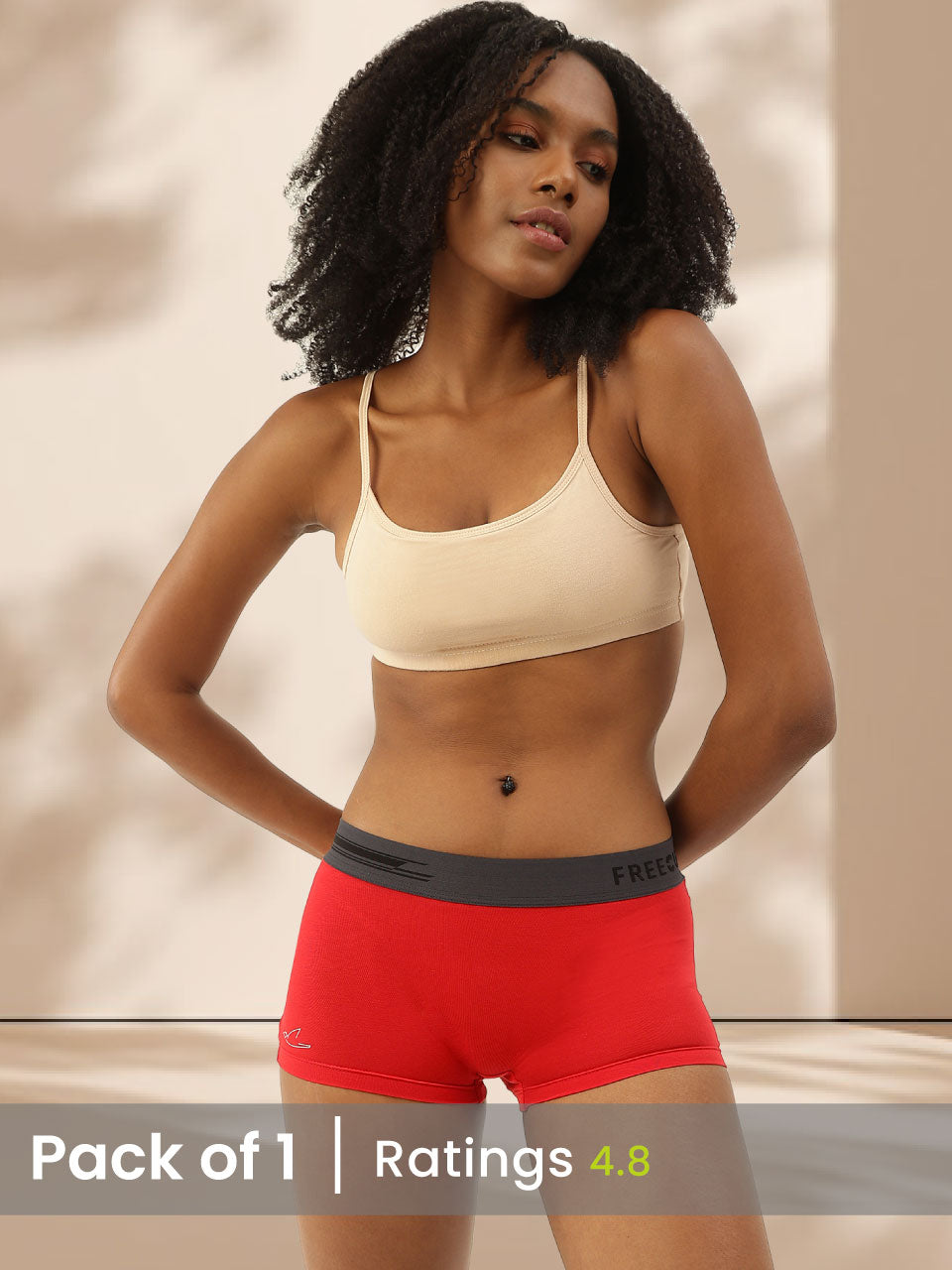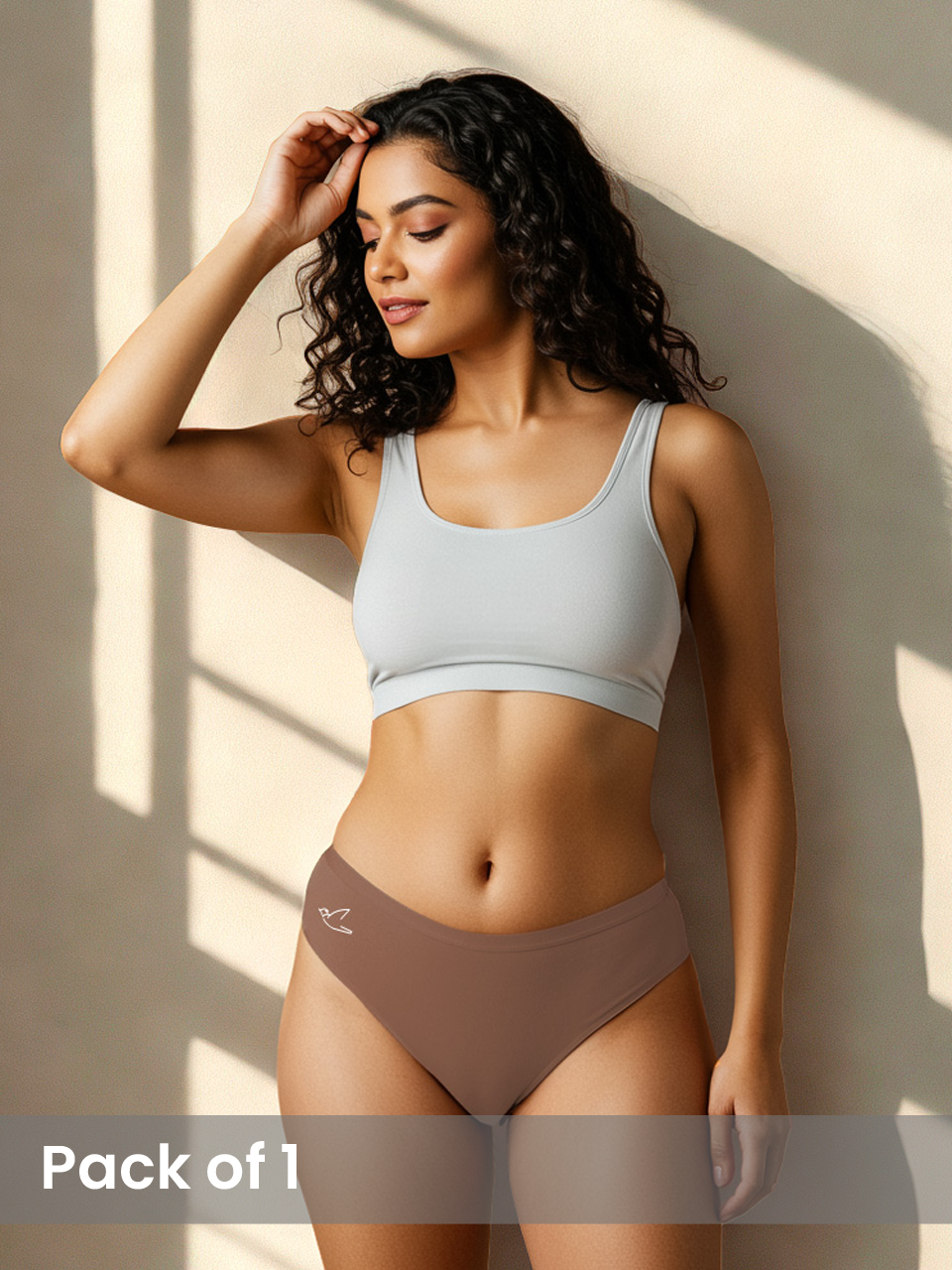Beyond basic sun protection, men’s bandanas are experiencing a renaissance, evolving from simple accessories to versatile style statements and essential face coverings. Fuelled by increased awareness of UV damage and demand for personalized aesthetics, the market now demands more than just basic cotton squares. We'll explore how innovative printing techniques, like sublimation and direct-to-garment, are enabling intricate designs and customized patterns, addressing the need for unique self-expression. The analysis examines material choices – from moisture-wicking synthetics to breathable natural fibers – impacting both comfort and functionality, particularly crucial for face mask applications. Discover how these bandanas cleverly blend fashion and function, offering a practical yet stylish solution for sun defense and personal branding.

Decoding the Bandana: More Than Just a Square of Fabric
A bandana, at its core, is a square or triangular piece of cloth. Historically, it's been used for everything from mopping brows to signaling. The word itself is believed to have originated from the Hindi word "bāndhnū," which refers to a tie-dyeing technique. Today, the printed bandana for men has evolved beyond its utilitarian roots to become a versatile fashion accessory, particularly popular as a face covering. But understanding its construction and materials helps to appreciate its versatility.
The most common material used is cotton, prized for its breathability and affordability. But, you'll also find bandanas made from blends of cotton and polyester, or even 100% polyester, offering enhanced durability and moisture-wicking properties. The print itself is usually applied using techniques like screen printing or digital printing, allowing for a wide range of designs and colors. The edges are typically hemmed or serged to prevent fraying.
The Rise of the Bandana Face Mask: Style Meets Function
The bandana's popularity as a face mask surged during the recent global health crisis, offering a readily available and relatively comfortable barrier. Beyond that, bandanas have long been used for protection in dusty environments, for example, by construction workers or motorcyclists. A bandana face mask offers a basic level of protection against larger particles and can help prevent the spread of droplets. But, it's crucial to grasp its limitations. It's not a substitute for medical-grade masks like N95 respirators, which offer a much higher level of filtration.
The effectiveness of a bandana as a face mask depends on several factors:
- Material: Tightly woven fabrics offer better filtration than loosely woven ones.
- Layers: Multiple layers of fabric provide increased protection. Folding a bandana to create multiple layers is a common practice.
- Fit: A snug fit that covers the nose and mouth without gaps is essential.
Many men are now opting for printed bandanas for men not just for their protective qualities. Also for their ability to express personal style. A bandana can be a subtle statement piece, adding a touch of personality to an outfit.
Sun Protection Power: Blocking UV Rays with Style
Beyond acting as a makeshift face mask, a bandana offers a degree of sun protection. Fabric acts as a barrier against ultraviolet (UV) radiation. The denser the fabric, the more effective it is. The Ultraviolet Protection Factor (UPF) rating indicates how much UV radiation a fabric blocks. While bandanas are not typically UPF-rated, darker colors and tightly woven fabrics generally offer better sun protection. Wearing a bandana around the neck or head can shield vulnerable areas from the sun's harmful rays, reducing the risk of sunburn and long-term skin damage. This is especially useful during outdoor activities like hiking, fishing, or even just walking around town.
Versatile Styling: More Than Just a Face Covering
The beauty of the printed bandana lies in its adaptability. Here are just a few ways to incorporate it into your wardrobe:
- Neckwear: Tie it loosely around your neck for a casual, bohemian vibe.
- Headband: Fold it into a thin strip and wear it as a headband to keep hair out of your face.
- Wrist Accessory: Wrap it around your wrist for a touch of edgy style.
- Pocket Square: Fold it neatly and tuck it into your jacket pocket for a pop of color and personality.
- Bag Accessory: Tie it to the strap of your bag for a playful accent.
The possibilities are truly endless. The right print can elevate a simple outfit, adding a touch of individuality. Consider coordinating your bandana with other accessories, such as your belt or shoes, for a cohesive look. For example, crew neck tees can be paired with a bandana for a casual yet stylish appearance.
Choosing the Right Print and Fabric: A Matter of Personal Taste
The market is flooded with printed bandanas, offering a dizzying array of colors, patterns. Fabrics. Here's a guide to navigating the options:
- Prints: Classic paisley remains a popular choice. You'll also find geometric designs, floral patterns. Even bandanas featuring logos or artwork. Consider your personal style and the overall aesthetic you're trying to achieve.
- Colors: Neutral colors like black, navy. Gray are versatile and easy to pair with other items. Bold colors like red, yellow. Blue can add a pop of visual interest.
- Fabrics: Cotton is a good all-around choice, offering breathability and comfort. Polyester blends are more durable and wrinkle-resistant. Silk bandanas offer a luxurious feel but are more delicate.
Ultimately, the best bandana is the one that you feel most comfortable and confident wearing. Don't be afraid to experiment with different styles and find what works best for you.
Care and Maintenance: Keeping Your Bandana Looking Its Best
Proper care is essential to prolong the life of your bandana. Here are a few tips:
- Washing: Machine wash in cold water with similar colors. Avoid using bleach, as it can damage the fabric and fade the print.
- Drying: Tumble dry on low heat or hang to dry. Avoid over-drying, as this can cause the fabric to shrink.
- Ironing: Iron on a low setting if needed. Be careful when ironing printed areas, as high heat can damage the print.
- Storage: Store your bandana in a cool, dry place away from direct sunlight.
With proper care, your printed bandana will continue to be a stylish and functional accessory for years to come.
Bandana vs. Other Face Coverings: A Quick Comparison
Let's briefly compare bandanas to other popular face coverings:
| Face Covering | Pros | Cons |
|---|---|---|
| Bandana | Versatile, affordable, readily available, stylish | Lower level of protection compared to medical masks, may require multiple layers |
| Cloth Mask | Reusable, washable, offers better protection than a single-layer bandana | Can be less breathable than a bandana, may require more frequent washing |
| Surgical Mask | Offers a good level of protection, disposable | Not as stylish as a bandana, can be uncomfortable for extended wear |
| N95 Respirator | Highest level of protection | More expensive, can be uncomfortable, not readily available to the general public |
The best choice depends on your individual needs and priorities. For everyday use and style, a printed bandana can be a great option. For situations requiring a higher level of protection, a medical-grade mask is recommended.
Conclusion
Let's view the printed bandana not just as an accessory. As a statement piece in your wardrobe. You've learned how to leverage it for style and sun protection. The real power lies in its adaptability. Think of it as an extension of your personality. The road ahead involves experimenting with different folds, knots. Prints to discover what resonates with your individual style. Don't be afraid to push boundaries. Consider pairing bold bandanas with minimalist outfits for a pop of color, or subtly matching patterns with your existing wardrobe to create a cohesive look. A bandana isn't just for sunny days; it can add a touch of edge to your evening attire too. The next step is to curate a collection of bandanas that reflect different facets of your personality. Ultimately, success will be measured by how confidently you incorporate this versatile piece into your daily life. Remember, fashion is about self-expression, so wear your bandana with pride and let your unique style shine! You can find more inspiration for styling your versatile bandana here.
FAQs
So, what exactly is a printed bandana face mask. Why should I even bother?
Think of it as your trusty multi-tool of face coverings! It's a cool-looking bandana, usually made from breathable fabric, printed with a design. You can wear it in a ton of ways – as a face mask for sun protection, a neck gaiter, a headband, or even a wristband. Bother because it's versatile, adds some style. Keeps the sun off your face. Win-win-win!
Are these things actually effective at blocking the sun's rays?
Good question! It depends on the fabric. Look for bandanas specifically marketed with a UPF (Ultraviolet Protection Factor) rating. The higher the UPF, the better the sun protection. While it won't be as effective as sunscreen, it definitely adds a layer of defense, especially during peak sun hours.
How do I wash my printed bandana face mask without ruining the design?
Treat it kindly! Most are machine washable. I recommend washing it in cold water on a gentle cycle. Avoid harsh detergents and bleach, as those can fade the print. Tumble dry on low or, even better, air dry to prolong its life and keep the colors vibrant.
What are some cool ways I can wear this thing? I'm not very creative...
Don't worry, I've got you! Besides the basic face mask and neck gaiter, try it as a headband to keep your hair back, a do-rag under your hat, or even tied around your wrist as a stylish accessory. YouTube is your friend – search for 'bandana tying tutorials' and you'll find tons of inspiration.
Will these fit alright? I'm a bigger guy. Some things are just too small.
Most bandanas are designed to be a one-size-fits-most kind of deal. But, pay attention to the dimensions listed before you buy. If you're worried about it being too snug around your neck, look for descriptions that mention a stretchy or looser fit.
What kind of material are these usually made from?
You'll typically find them made from cotton, polyester, or a blend of both. Cotton is soft and breathable. Polyester tends to be more durable and moisture-wicking. A blend often gives you the best of both worlds – comfort and performance.
Are these things hot to wear in the summer?
It depends on the fabric! Opt for lightweight, breathable materials like a thin cotton or moisture-wicking polyester. Avoid thicker materials that will trap heat. Wearing it damp (after wetting it) can also provide a cooling effect on a hot day.

